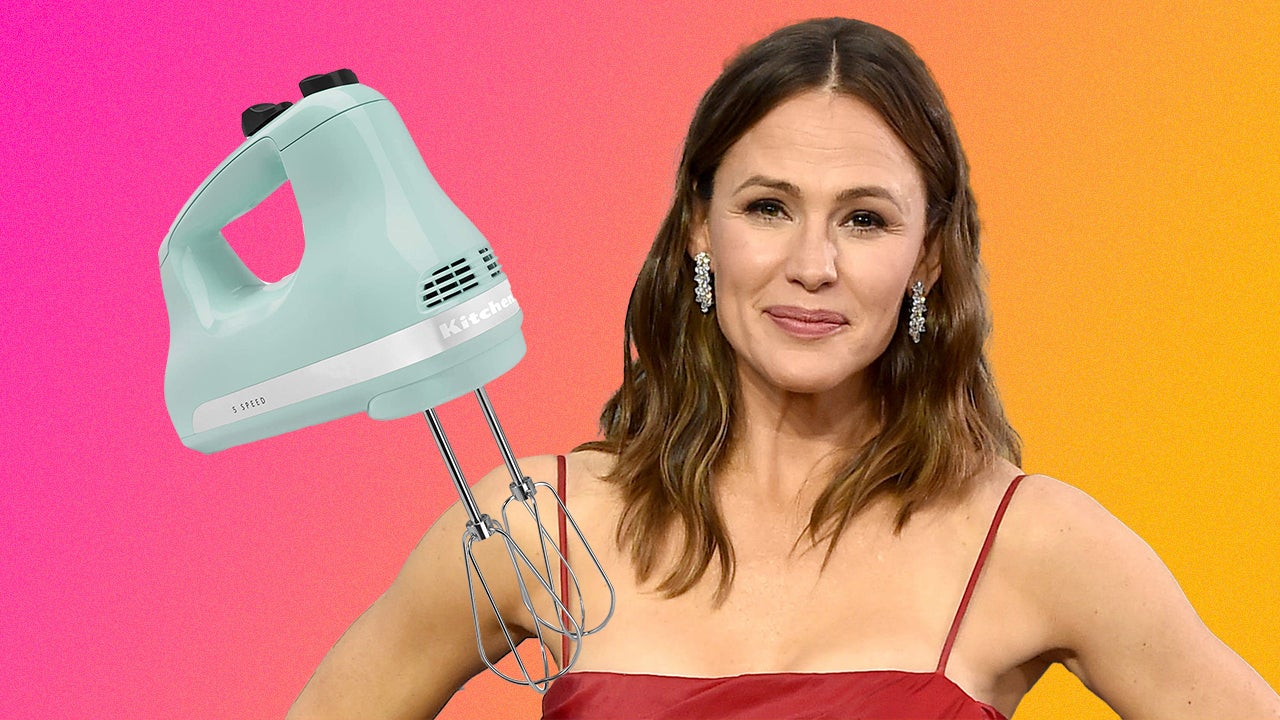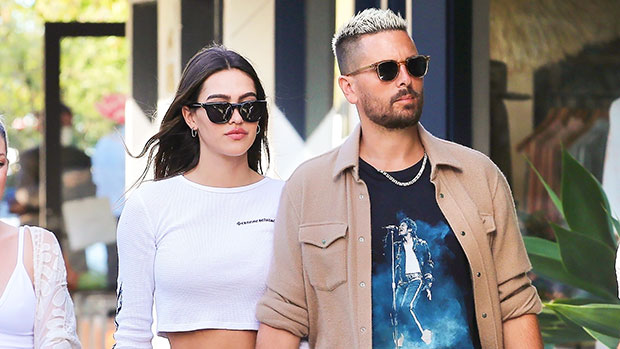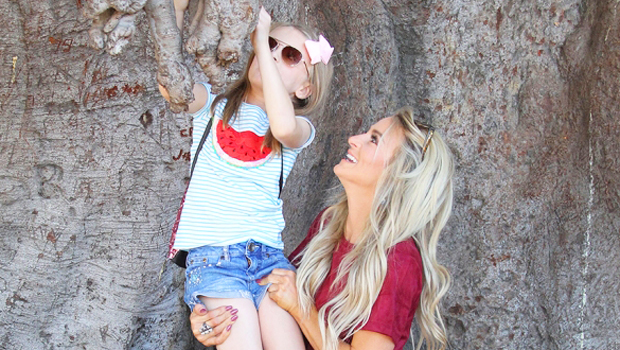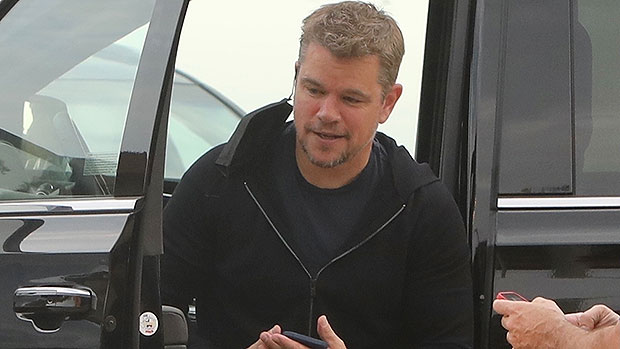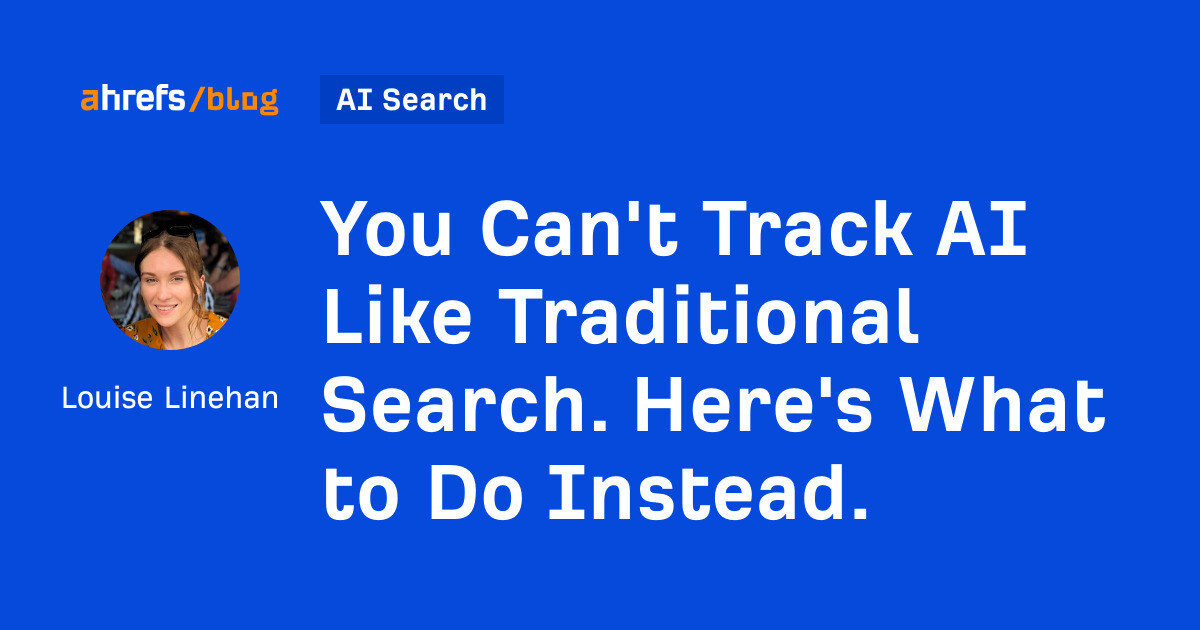Tribeca 2022 Women Directors: Meet Geeta Gandbhir – “Lowndes County and the Road to Black Power”
Geeta Gandbhir is an award-winning director, producer, and editor with over 25 years of experience in the film industry across narrative and documentary. Her documentary short, “Call Center Blues,” was a SXSW Grand Jury Award nominee, and she directed...
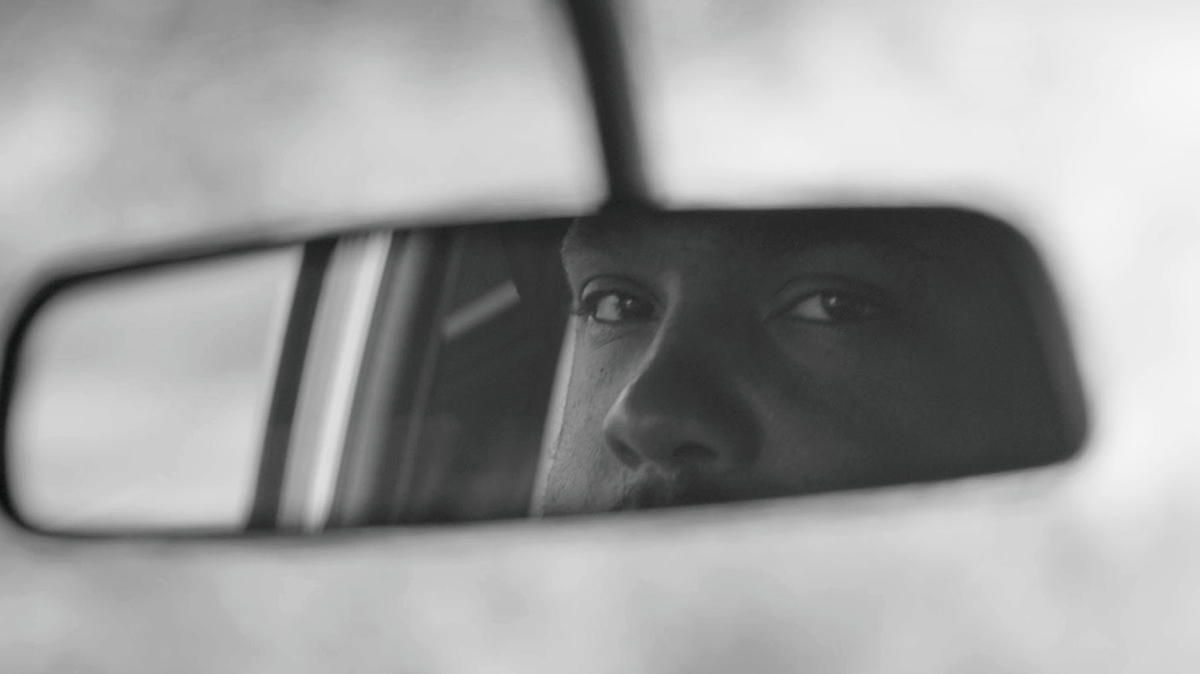
Geeta Gandbhir is an award-winning director, producer, and editor with over 25 years of experience in the film industry across narrative and documentary. Her documentary short, “Call Center Blues,” was a SXSW Grand Jury Award nominee, and she directed an episode of PBS’ five-part Peabody Award-winning series “Asian Americans.” Gandbhir also directed and show-ran a four-part series for HBO titled “Black and Missing,” earning her a NAACP Award for Best Directing, and an Independent Spirit Award for Best Documentary Series.
“Lowndes County and the Road to Black Power” is co-directed by Sam Pollard.
“Lowndes County and the Road to Black Power” is screening at the 2022 Tribeca Film Festival, which is taking place June 8-19.
W&H: Describe the film for us in your own words.
GG: The film is about a really brave community, specifically in Lowndes County, Alabama, who organized to demand voting rights, which should have been theirs all along. SNCC (the Student Nonviolent Coordinating Committee) organizers came in to assist them, and together they really changed the trajectory of history. This was in the mid-1960s, during one of the most dangerous times in our history. They organized around voting rights at great risk to their lives, to their families.
It’s also about the birth of the Lowndes County Freedom Organization — an independent political party, which was the precursor for the Black Panther Party.
What happened in Lowndes is the model for much of the organizing that happens today around these issues. We wanted to share this story — we just felt it was super timely and important. It is also a piece of history that has really not been told as much. Martin Luther King and the SCLC (Southern Christian Leadership Conference) weren’t involved, so it doesn’t fit in with the more traditional narrative of the civil rights movement — so it’s been underrepresented in American history.
W&H: What drew you to this story?
GG: One of our producers, Dema Paxton Fofang, came to me with this story, along with Fred Grinstein, one of our executive producers. This story really stuck with me because I feel like organizers today are still fighting for the same things and for the same rights — equity and equality and justice when it comes to voting rights, when it comes to essentially the right to determine what’s best for your community, and the right to determine your own future.
I was also really shocked I didn’t know this story well. I was surprised that I hadn’t heard much about it. We talk about it in the movie, how the events that happened in Selma before and on the Edmund Pettus Bridge (known as ‘Bloody Sunday’) are the really well known moments in our history and the moments that we remember. But it was only just after that that this organizing in Lowndes County took place. And so I thought it was interesting — I really wanted people to have a lens into this time period that was equally important.
W&H: What do you want people to think about after they watch the film?
GG: I think we want people to leave energized and mobilized. I mean, obviously, we want them to feel entertained, to feel all the triumph and sorrow and rage that the story invokes. But we also really want them to walk away feeling inspired. We are living in a really difficult time where our democracy hangs in the balance, and we want people to be able to leave with tools and to help them mobilize in their own communities, and an understanding of what that looks like.
I think that this movie provides that. The people of Lowndes County and the SNCC organizers, and what they did during a time where it was literally life or death, I think should inspire anyone to believe that in this day and age, they can do the same.
W&H: What was the biggest challenge in making the film?
GG: There were a couple. There is always the storytelling aspect. There is so much to cover. We are telling this story that happened in the mid-60s, and we are telling the story so many years later — unfortunately not all of the participants that we would have liked to have spoken to are still with us.
So there’s the challenge of that, of having lost some of our elders, and missing them in the retelling of the story. And then there were just the practical concerns of COVID. Some of our participants are elders and wanted to be really, really careful around the risks that they were taking to sit and talk to us and to film with us.
We wanted to be really conscious of [not] putting them in any danger. Those were the biggest challenges. These people who were organizers, to this day at their hearts, they are activists they remain as brave and powerful and inspiring as they were then. The folks who we have in the film really bring this story to life and make it a film of record.
W&H: How did you get your film funded? Please share some insights into how you got the film made.
GG: We have had the great fortune of speaking to Diane Weyermann while we were in development, who was with Participant Media. She greenlit it and Participant came on board.
And, then I think six months into the making of the film, we lost her to illness. And it was a huge blow to all of us. And just honestly, a blow to our process as well because she’s such an incredible source of wisdom and strength, and brought so much love and experience to her work.
So the film is dedicated to her. She is one of the people the film is dedicated to because without her, it wouldn’t have been possible and Participant obviously remains an incredible partner through the process. So that’s how the film got made.
W&H: What inspired you to become a filmmaker?
GG: I was inspired to become a filmmaker by both Spike Lee and [co-director] Sam Pollard. Spike Lee hired me on my first film, which was “Malcolm X.” I had been working in animation and I had studied visual arts and anthropology, but none of it made any sense as a career.
So Spike hired me as an intern and gave me my first chance. And I think that really taught me a lot and I was sold ever since. The experience really taught me the power of film and media. Sam, interestingly, was an introduction to documentaries because I didn’t have much familiarity with documentary filmmaking.
W&H: What’s the best and worst advice you’ve received?
GG: The best advice I’ve received was from Sam Pollard, where he said to me, ‘Geeta, there are three films that you make for every film: there’s the film you envision, or if it’s scripted the film you write; the film you shoot; and there’s a film you edit — and they’re all different.
They end up being different and the best thing to do is to go with it. Don’t be rigid about it, treat filmmaking as an exploratory journey. There will be things that you envision that won’t work. There will be failings and other things that aren’t going to go according to your plan.
And then there are things that will go according to your plan, but also there will be discoveries and you just roll with it, accept the gifts where you can.’ I think that is the best piece of advice.
I think the worst piece of advice that anyone has ever given me is to be single-minded — the opposite of the best advice I received. Single-minded in your direction, and think that the director is everything and it’s all about the director’s vision. And I don’t believe that to be true. I think that filmmaking is a community practice. I feel like the community that you build through your filmmaking process is so important.
I think everyone’s work is critical and valuable. It’s like how small societies survive — every single member of society is incredibly important, and the work they do is incredibly important to the process. I love the collaboration of filmmaking.
That to me is the most exciting part of it. And the idea of feeling like you have to be the lone eagle that flies high does not resonate with me. I also learned that it doesn’t work. I think the worst advice was that lone eagle concept.
W&H: What advice do you have for other women directors?
GG: The advice I have for other women directors is to really build community. I’m a big fan of the concepts of organizing and building power bases and the idea of ‘together we rise.’ And you see this example in so many great organizations: Brown Girls Doc Mafia, for example, has done an incredible job of pulling people together with resources.
And [I also advise] to think outside of the feeling that you have to align with the existing structures. I think we can tear them down and build them in a more equitable, egalitarian, and just way, so that’s what I think we as women filmmakers need to look to do. Don’t become part of this power system that doesn’t ultimately serve us and that continues to perpetrate harm and inequity. Let’s start it over. Refuse to play that game and make our own rules. I think that is the best way to go.
W&H: Name your favorite woman directed film and why.
GG: That’s really hard to say, because I don’t think I have a favorite. I have many. That’s a hard one.
W&H: How are you adjusting to life during COVID19? Are you keeping creative? If so, how?
GG: I have been fortunate enough to continue to work during COVID. I think innovation is key. I think we figured it out. Obviously, the whole industry has figured out ways to do things remotely, etc, and to kind of put safety first. I think in a way, it’s been a great time to figure out how to create systems that work for us because we had to start over.
I feel like a lot of the creativity in this time period, though, interestingly, has gone into solutions. Finding solutions for traditional ways we do things or finding alternate ways. Obviously COVID has been awful and difficult and hard, but I do feel like we’ve also seen that we’re incredibly resilient, and that we can come up with solutions and we can figure it out. Where there is a will, there is a way.
I only wish there was that much will around other things in our society, but like I said, where there’s a will, we can do it, and I hope we can find that same will around the film community also around some of the other issues that are problematic.
W&H: The film industry has a long history of underrepresented people of color on screen and behind the scenes and reinforcing and creating negative stereotypes. What actions do you think need to be taken to make Hollywood and/or the doc world more inclusive?
GG: I’ve had a lot to say around this issue, and I probably will continue to do so. I think there’s actually absolutely no excuses for the lack of representation that we see. We figured out during COVID, during a pandemic, how to continue to shoot, we figured out how to make productions move forward. So where there’s a will, there’s the way, right? We should be able to absolutely do the same when it comes to equity and inclusion and diversity. It is not that hard.
I’m going to say this, and I know it may be controversial to speak on these things, but mediocre white men are given chances out of the gate, and often people of color are passed over for those same opportunities literally because of the systemic racism and bias that exists in the foundation and fabric of our society. White allies also need to stop centering themselves in leading creative roles on BIPOC stories — BIPOC people need to be in charge of the vision.
This is not news to anybody but I think that what you have to do is you have to make a plan. If you have a production company, look around the room. If your staff does not represent America, then do something about it. And if your networks don’t include BIPOC people, then reach out. There are countless organizations who have been building power and community for years and have databases of people you can hire. There is just simply no excuse.

 ValVades
ValVades 







